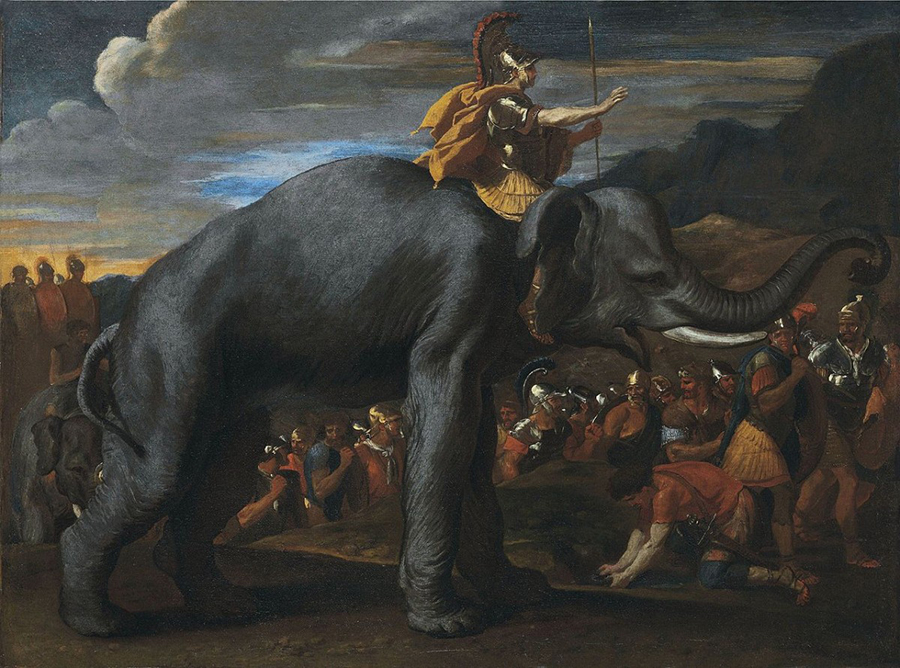New research may help scientists shed some light on how Hannibal crossed the Alps in order to attack Rome, all thanks to the analysis of ancient horse droppings. A study from the Queens University’s School of Biological Sciences in Belfast showed the findings could reveal the path taken by Hannibal over 2,000 years ago.
The study led by Dr. Chris Allen was published in the journal Archaeometry on Monday; helping researchers to determine the path Hannibal took thousand of years ago. Amazingly enough for science, researchers found microbes linked with horse droppings in the border between France and Italy, Col de Traversette.

The location now marks the possible path Hannibal took as he made his famous attack on Rome. The international team of researchers now claims Hannibal commanded the swarming Carthaginian army across the Alps, through Col de Traversette to get to Italy.
Hannibal gained popularity due to his sizeable contribution to the Second Punic War with the Roman Empire, as well as having an army of almost 40 elephants for battle. In old depictions of the attack on Rome by the Carthaginian army, Hannibal is often seen riding on the back of an elephant as they march for war. Even though theories about the routes Hannibal led his army through have been debated over decades, the findings from Queens University could help solve the mystery once and for all.
It’s amazing what some horse poop and a detailed analysis of the dig site can do, considering the team also credited the surface of the site as evidence. While the excrement showed to be from horses thanks to further analysis, the environment provided another factor to take into account. Chris Allen, the author of the study, claims the surface can be related to horses marching as the site showed to have been trampled upon.
Poop wasn’t the only indicator for the study
Allen and his colleagues believe the surface of the digging site where the poop was found also plays a clue to solving Hannibal’s mystery. All in all, researchers concluded a ‘mass animal deposition event’ took place close to the Col de Traversette over 2,000 years ago.
And that could be just about enough to prove Hannibal’s massive army comprised of thousands of horses and even several elephants passed through the site on their way to Rome. According to the study’s author Chris Allen from the Institute for Global Food Security at QU, the deposition found near Col de Traversette was definitely produced by large quantities of animals and humans.
Also, the international team, alongside Allen, found signs of horse tapeworms. Allen said that there’s also the chance of finding an elephant tapeworm egg, according to the Washington Post.
“The deposition lies within a churned-up mass from a 1-metre thick alluvial mire, produced by the constant movement of thousands of animals and humans,” said Dr. Chris Allen, led author of the study published on Monday.
Source: The Washington Post
